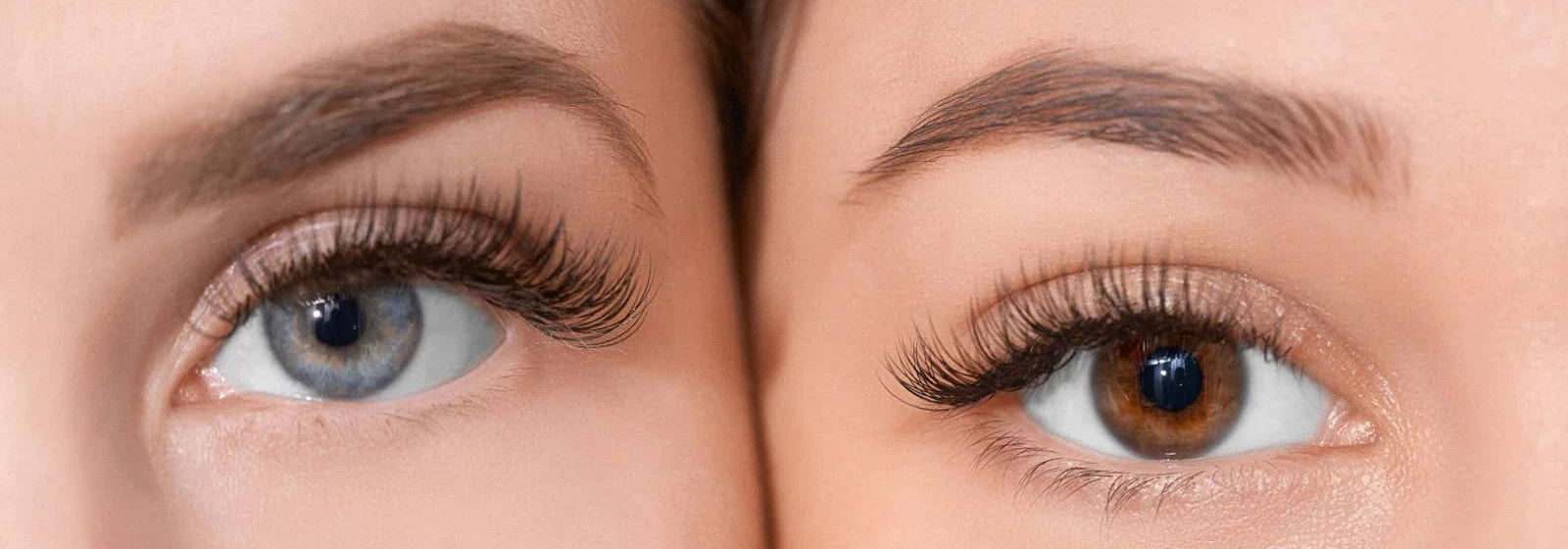Have you ever wondered why you have your mother’s eyes or your father’s curly hair? The answer lies in the fascinating world of inherited traits. In this article, we’ll delve into the concept of inherited traits, explore examples, and understand how they are passed down from generation to generation. So, let’s unlock the secrets hidden within our genes and uncover the blueprint that makes each of us unique.
Examples of Inherited Traits
- Eye Color: Whether your eyes are sparkling blue, captivating green, or warm brown, your eye color is determined by the genes you inherit from your parents.
- Hair Color: From luscious blonde locks to rich, dark tresses, the shades of your hair are influenced by the genetic information passed down through generations.
- Height: Ever wondered why you tower over your peers or find yourself reaching for the top shelf? Your height is strongly influenced by your genetic makeup.
- Blood Type: Your blood type, such as A, B, AB, or O, is determined by the combination of genes inherited from your parents.
- Genetic Disorders: Some inherited traits are not as desirable as others. Genetic disorders, such as cystic fibrosis or sickle cell anemia, can be passed down through generations and are caused by specific gene mutations.
Difference between Inherited Traits and Learned Behaviors
It’s important to note that inherited traits are different from learned behaviors. Inherited traits are characteristics that are determined by the genes we inherit from our parents, while learned behaviors are acquired through experiences, education, and environmental factors.
For example, while your eye color is an inherited trait, your ability to play a musical instrument or speak multiple languages is a learned behavior. Understanding this distinction helps us appreciate the complex interplay between nature and nurture in shaping who we are.
How Inherited Traits are Passed On
The passing of inherited traits follows the principles of Mendelian genetics. In simple terms, each parent contributes one copy of a gene to their offspring. These genes then combine and determine the traits that manifest in the child. Punnett squares, a visual tool, can help us understand the probabilities of inheriting specific traits based on the genetic makeup of the parents.
Quiz
Now, let’s put your knowledge of inherited traits to the test with a fun and engaging quiz! Discover how well you understand the fascinating world of genetics.
1. If both parents have brown eyes, which eye color is most likely for their child?
A) Blue
B) Green
C) Brown
D) Grey
2. Which blood type is known as the universal donor?
A) AB+
B) B-
C) O-
D) A+
3. True or False: If one parent is tall and the other is short, their child will always be of average height.
A) True
B) False
4. Which of the following is a characteristic that is NOT an inherited trait?
A) Dimples
B) Musical Talent
C) Earlobe attachment
D) The presence of freckles
5. What piece of genetic material carries the information for inherited traits?
A) Ribosomes
B) DNA
C) Mitochondria
D) Chloroplast
Answers
- Brown – Brown is a dominant eye color, so it is very likely that the child will have brown eyes if both parents do.
- O- – Blood type O- is considered the universal donor because it is compatible with all other blood types in transfusions.
- False – While genetics play a significant role in determining height, it is not guaranteed that a child of one tall and one short parent will be of average height.
- Musical Talent – Musical talent is a learned behavior, not an inherited genetic trait.
- DNA – DNA is the molecule that carries genetic information responsible for inherited traits.
Conclusion
Inherited traits hold the key to unraveling the mysteries of our genetic makeup. They shape our physical appearance, influence our health, and give us a glimpse into our ancestral history. Understanding the role of inherited traits empowers us to appreciate our uniqueness and fosters a deeper appreciation for the intricacies of our genetic blueprint.
Remember, while inherited traits provide the foundation, they do not define us completely. We are complex beings shaped by both our genetic inheritance and the environment in which we live.
So, the next time you gaze into the mirror and see glimpses of your family’s features, take a moment to marvel at the wonders of inherited traits. They are the threads that connect us to our past and provide a fascinating glimpse into the future generations that will follow.






